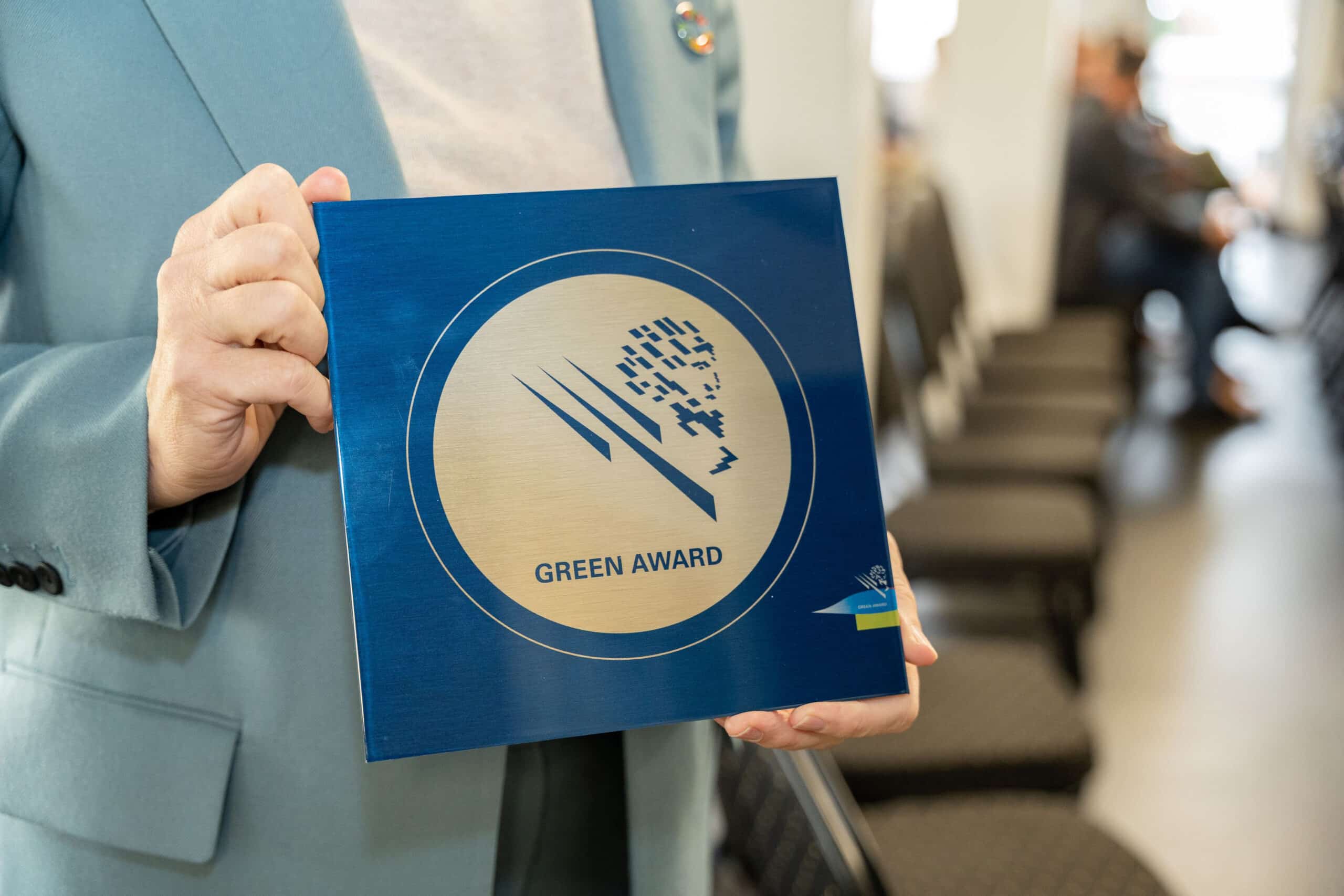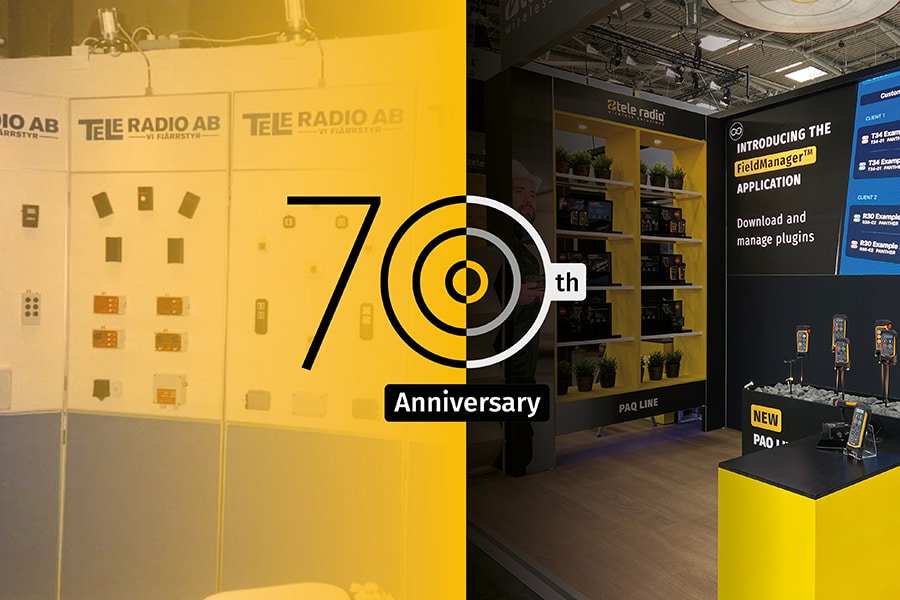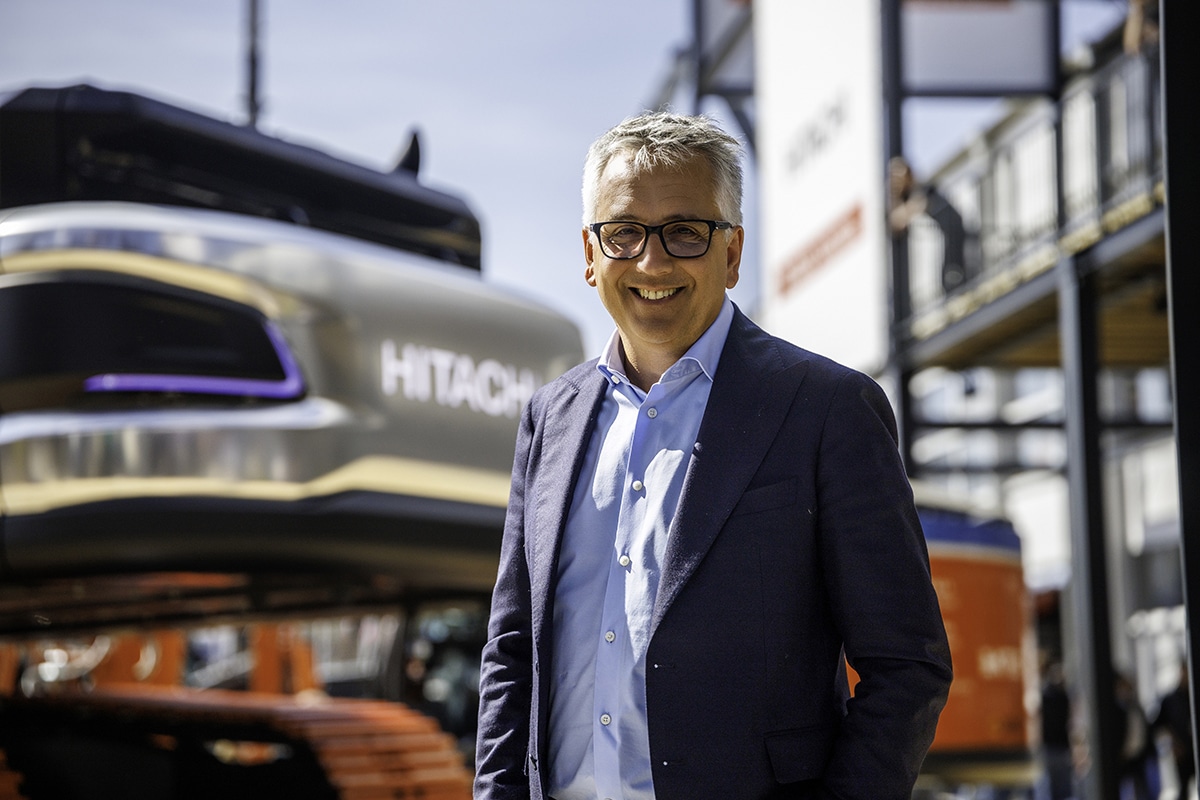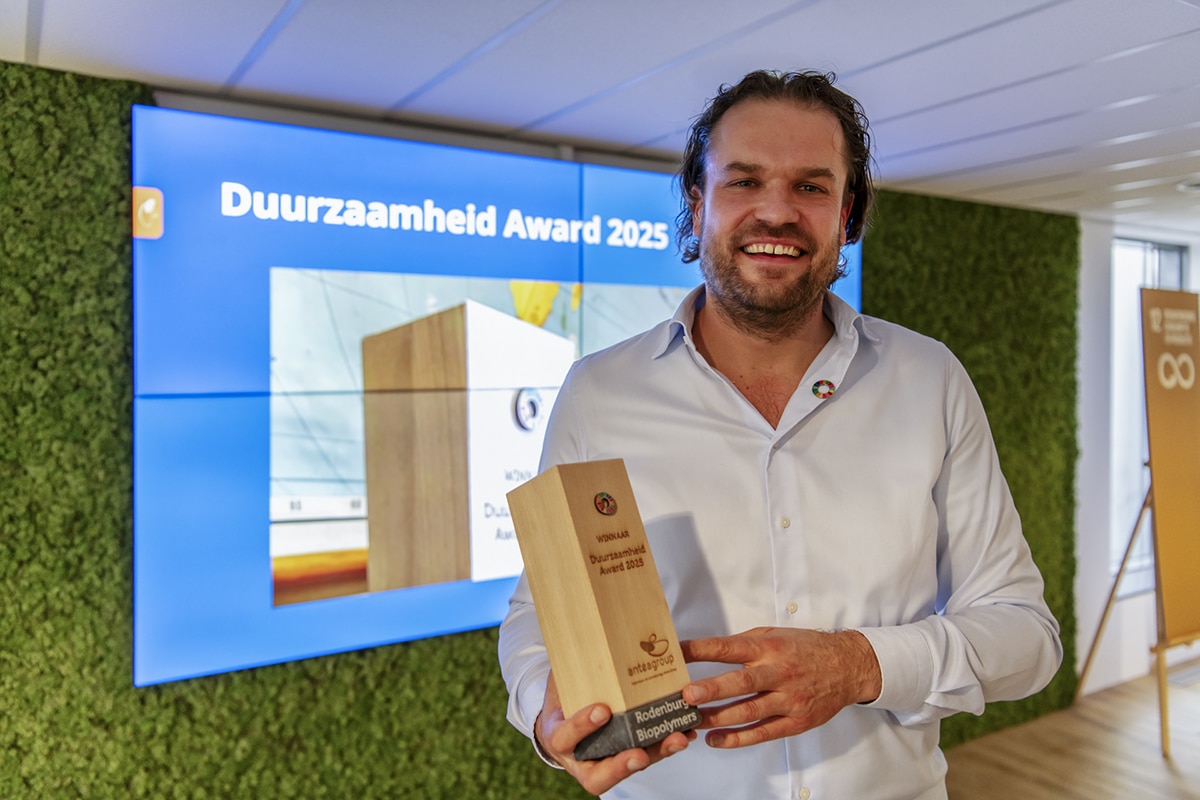
The geographic information system for informed decisions
The data for answering these questions are often available, but fragmented. GIS, Esri Netherlands' geographic information system, can combine, analyze and visualize this data and thus answer the questions.

The first version of Esri's geographic information system (GIS) was created in 1969, and since the 1980s it has been the global market leader in this field. In the Netherlands alone, 180 employees work daily to optimize the digital platform. To best serve its customers, Esri uses private and public data sources such as the Basisregistratie Ondergrond (BRO), the central registration with public data on the Dutch subsurface. This makes the platform the geographic information system for small- and large-scale parties.

Geographic location as a starting point
With ArcGIS, Esri's GIS platform, a variety of data can be collected and visualized; cables, pipelines, water storage, soil types, trees, roads and more. ArcGIS sorts this data by geographic location, often giving the user more information than they need. But this is where ArcGIS' distinctiveness from other systems emerges. "The user selects the location in question," explains Frank de Zoeten, business developer at Esri Netherlands, "and then 'slides' the desired information layers over it. In this way he receives a complete customized story from ArcGIS, for example in the form of a 'storymap'."
Preventing risks
To make the supplied information even more current and accurate, TNO Geological Survey of the Netherlands and Wageningen University have developed supporting models. De Zoeten: "With one model, the subsurface can be cut into slices 100x100x0.5 meters thick, which can be viewed per volume pixel. This creates a very detailed picture and avoids risks."

Digital twins
ArcGIS users can also combine this information with other data sets and create a "digital twin," a digital copy of the real environment in which all possibilities are visualized. In this way, the impact of work can be estimated, the right subsurface material can be planned, and potential inconvenience to local residents can be visualized.

Also for future developments
For parties such as the Department of Public Works, water boards, rail companies, port authorities, contractors, engineers, and utility companies, the use of ArcGIS has become indispensable. More than 350,000 organizations worldwide use the technology. They use the software to obtain current underground information, but also to provide insight into developments such as dike reinforcements, the depth of shipping channels and the laying of cables and pipes. The next step was inevitable. Designs are also increasingly being visualized directly in ArcGIS, so that potential clashes in the spatial context can be avoided in advance.
"That is perhaps the best summary of our ambition," de Zoeten concludes. "With ArcGIS, we want to make organizations smarter. Thanks to our technology, they have access to a great deal of open data. If this is not enough, their own information or information from another supplier can easily be added into the system. This gives organizations more insight, they can better support their processes and make informed decisions."



